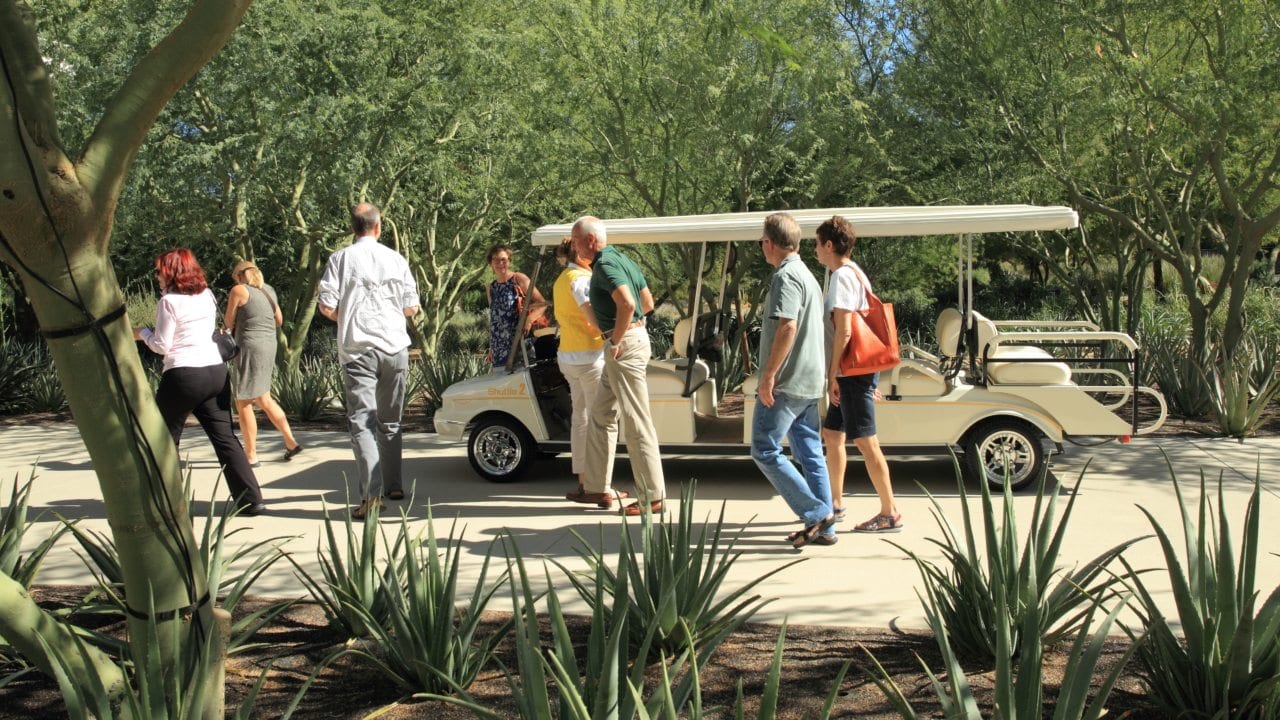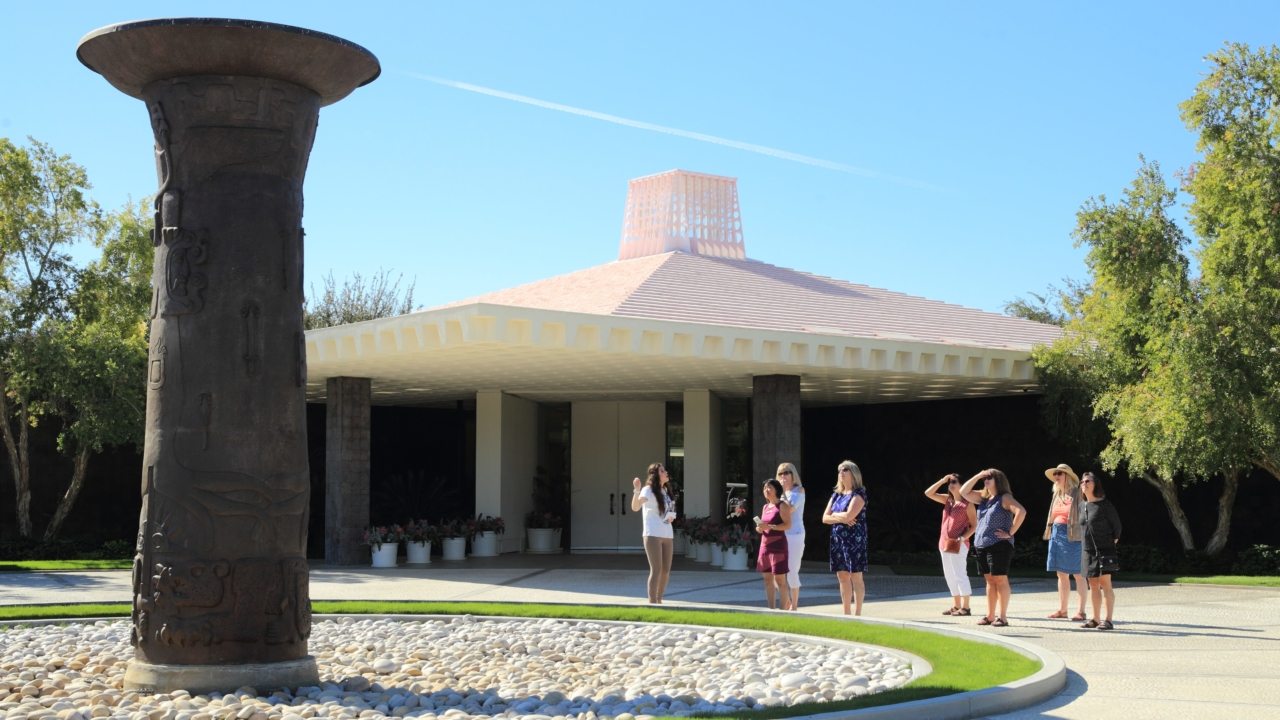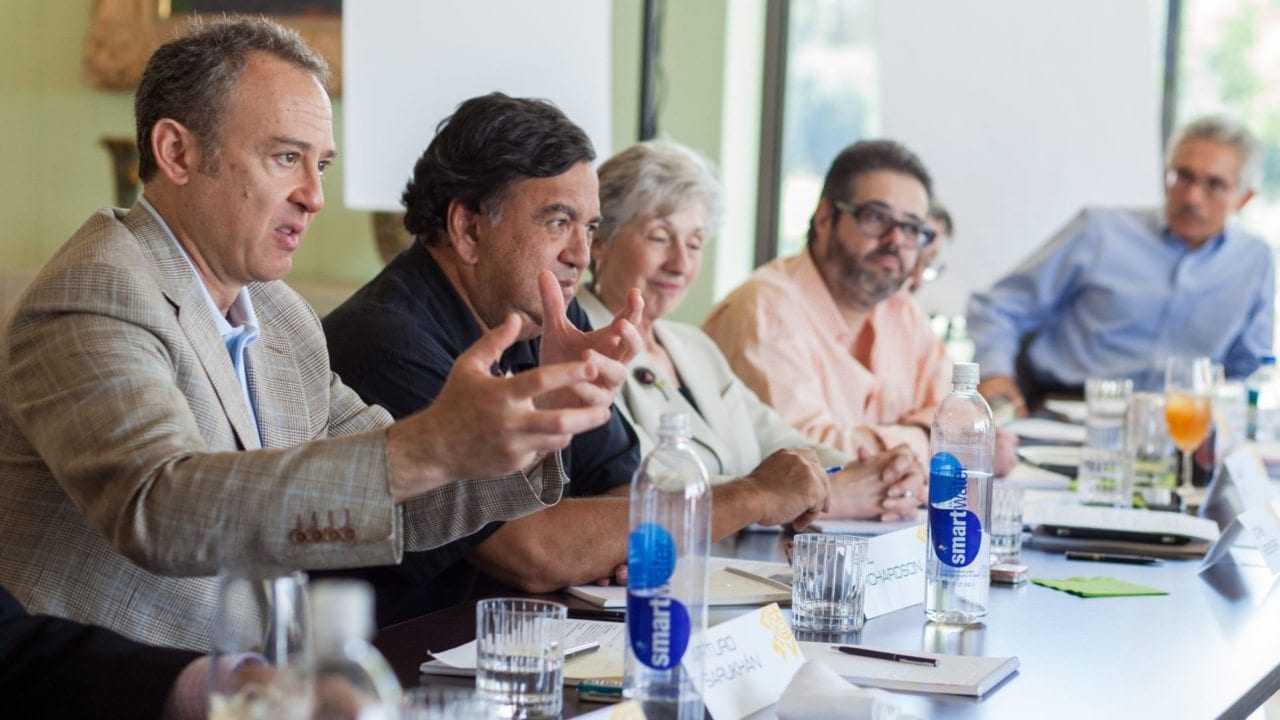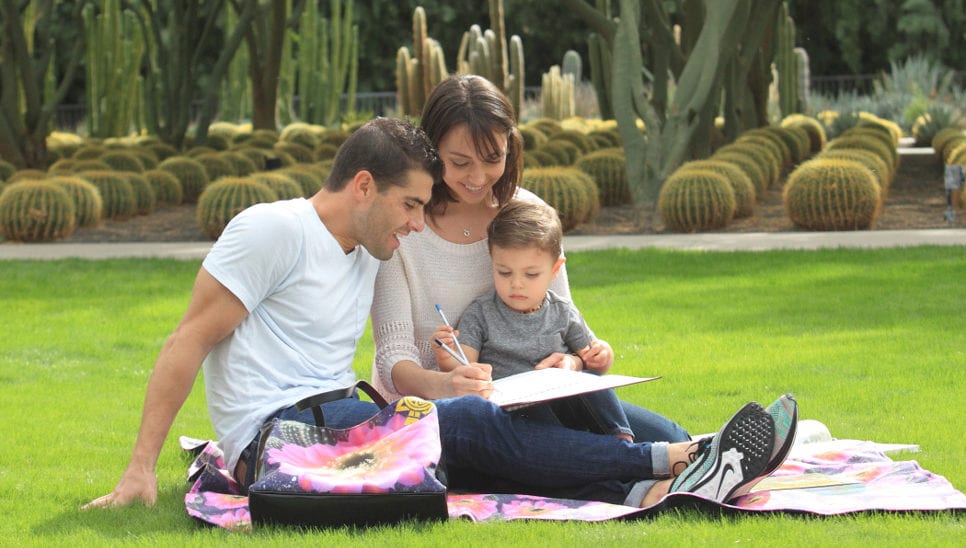Family Story Project
Family Story Project
Have you ever thought about preserving your family stories? What stories do you want to tell your children and grandchildren? A legacy recording is an interview with a loved one from whom you want to capture life stories for future generations to enjoy. Below are some introductory tips for collecting and preserving family stories.
Preparation
How do I record the interview?
- You might choose to take notes, record audio, or film the interview. If your loved one lives far away, consider using a video conferencing app. Whichever decision you make, take some time to get to know your equipment before the interview and test it out.
- Record the interview on a format that is widely used. This will make saving and accessing the interview easier over a longer period of time.
- Consider how much storage space your device has, the battery life, and the lighting if you are recording video.
- On the day of the interview, do a short test run. This helps both you and the person you are interviewing feel more comfortable once the interview starts and ensures your equipment is ready to go.
How long should the interview be?
- People often have enough stories to fill a library. Think about what you want to ask and which stories you want to record.
- Start with a single session and keep it short, about 30-60 minutes. Shorter sessions help to keep both of you from getting too tired, and your family member will have a better memory for details.
- You may complete your interview in one session, or your interviewee may surprise you and have enough stories for multiple sessions. There is no limit to how many sessions you can do.
What do I ask them?
- Museums and archives usually have specific topics to ask their interviewees about. They typically focus on a person’s personal experiences and perspectives as they relate to a specific historic period or event. For family interviews, you have the option of exploring many more topics. Outline some topics you might want to ask about in the interview. These may include autobiographical information, local or global events the person lived through or participated in, reflections on how their thoughts and opinions have changed over the years, and advice they have.
- Share this outline with your family member before the interview. It may spark their memories and often helps them feel more comfortable during the interview.
- Ask them to add to the outline if there is something they want to share that you may have overlooked.
- This outline will not be a complete list of questions for your interview, but it will help you to guide the conversation.
- Does your family member have any personal objects they would like to talk about in the interview, such as a medal of service or a family heirloom?
The Interview
Are there any tips for getting interesting stories?
- Use open-ended questions. After establishing all the essential facts (their name, date of birth, etc.), use open-ended questions to help the narrator expand on their answers. Try: “Tell me about your family and growing up.” “Describe your mother. What was she like?” “What do you remember about your first job?” These kinds of questions promote description and richer detail that may also help spark your loved one’s memory.
- It’s absolutely okay to go off-script. While you may have outlined topics to cover or specific questions to ask, allow your loved one some room to expand on these topics. Some of the best stories are triggered by other, loosely related memories. Allow your family member to get a little side tracked if it gets them chatting.
What if I forget something?
- Take notes. You may hear something in a story that you want to go back and ask about later.
- Ask follow up questions during your next session. Remember, you can always edit the interview later if you want to keep certain stories together.
Is there anything I should be aware of during the interview?
- Clear the interview space of distractions, silence phones, and avoid noisy locations if you are recording. If something does interrupt the interview, simply pause, take a moment, and continue once the disruption has passed.
- Some stories might not be fun or easy for your loved one to talk about or for you to hear. It is okay to take a break from recording if needed.
- It’s okay to have moments of silence. It may take your loved one a moment to collect their thoughts. Allow space for some silence before jumping into a new question or trying to clarify a statement.
- Give your full attention to the person telling the story. This engagement will help keep up the energy of the interview.
After the Interview
I did the interview, now what?
- Allow your family member to review their answers and edit or remove parts that they may not want to include in the final copy.
- If you make any edits to the interview, allow them to review it again for approval.
How do I save the interview?
- Some people choose to transcribe their interviews. This process creates a searchable document, which is helpful later if you are trying to locate a particular story. As a bonus, the transcript also acts as another form of backup.
- Store physical documents or media in a cardboard box. Plastic containers can hold moisture in, which can lead to mold.
- Once you have your interviews boxed up place them in a dark, cool, dry location, away from direct sunlight, such as a closet or under a bed. Avoid storing your interview in damp areas or places that might experience extreme differences in temperatures or are subject to pests like garages, attics, or basements.
- You can also choose to save digital files to cloud-based services.
- Make a plan to revisit your interviews every five years or so. You can check on their quality and decide whether you want to transfer them to a new technology for storage. It also is a lovely way to keep your loved one’s stories alive; perhaps you will have new family members to share them with.
How do I share the interview?
- Incorporate the interview into a family history website, build a digital scrapbook, or write a family biography. Perhaps you can edit multiple family interviews into a documentary for a family reunion. There are many creative ways to preserve your family’s stories; the choices are endless!
Did you use this document to start a family story project? We’d love to hear about it! Email us at education@sunnylands.org
Click below for the downloadable PDF
Proyecto de historia familiar
¿Alguna vez has pensado en preservar las historias de tu familia? ¿Qué historias quieres contar a tus hijos y nietos? Una grabación de legado es una entrevista con un ser querido de quien deseas capturar historias para el disfrute de las generaciones futuras. A continuación se presentan algunos consejos introductorios para recopilar y preservar historias familiares.
Preparación
¿Cómo grabo la entrevista?
- Puedes optar por tomar notas, grabar en audio o filmar la entrevista. Si tu ser querido vive lejos, considera utilizar una aplicación de videoconferencia. Independientemente del método que elijas, toma el tiempo para conocer bien tu equipo y probarlo antes de la entrevista.
- Graba la entrevista en un formato ampliamente utilizado. Esto facilitará el guardar y acceder la entrevista durante un período de tiempo más largo.
- Considera cuánto espacio de almacenamiento tiene tu dispositivo, la duración de la batería y la iluminación, si estás grabando video.
- El día de la entrevista, realiza una prueba corta. Esto ayuda a que tanto tu como la persona que estás entrevistando se sientan más cómodos una vez que comience la entrevista y garantiza que su equipo esté listo para funcionar.
¿Cuánto debe durar la entrevista?
- Las personas a menudo tienen suficientes historias para llenar una biblioteca. Piensa en lo que quieres preguntar y cuáles historias quieres grabar.
- Comienza con una sola sesión y mantenla corta, entre 30 – 60 minutos. Sesiones más cortas ayudan a evitar que ambos se cansen demasiado y su familiar tendrá una mejor memoria para recordar más detalles.
- Puedes completar tu entrevista en una sesión, o tu entrevistado te puede sorprender y tener suficientes historias para múltiples sesiones. No hay límites en la cantidad de sesiones que puedes hacer.
¿Qué les pregunto?
- Los museos y archivos generalmente tienen temas específicos para preguntar a sus entrevistados. Por lo general, se enfocan en las experiencias y perspectivas personales de una persona en relación a un periodo o evento histórico especifico. Para entrevistas familiares, tienes la opción de explorar muchos otros temas. Haz un esquema de algunos temas que quieras atender en la entrevista. Estos temas pueden incluir: información autobiográfica, eventos locales o globales por los que vivió la persona o en los cuales participó, reflexiones sobre cómo han cambiado sus pensamientos y opiniones a lo largo de los años y consejos para compartir.
- Comparte este esquema con tu familiar antes de la entrevista. Puede despertar recuerdos y a menudo le ayuda a sentirse más cómodo durante la entrevista.
- Pídeles que agreguen al esquema si tienen un tema que quieran compartir y que quizás se haya pasado por alto.
- Este esquema no es una lista completa de las preguntas para la entrevista, pero te ayudará a guiar la conversación.
- ¿Tu familiar tiene algún objeto personal del que le gustaría hablar en la entrevista, como una medalla de servicio o un recuerdo familiar?
La entrevista
¿Hay algunos consejos para obtener historias interesantes?
- Usa preguntas abiertas. Después de establecer todos los detalles esenciales (su nombre, fecha de nacimiento, etc.), usa preguntas abiertas para ayudar al narrador a ampliar sus respuestas. Intenta: “Cuéntame sobre tu familia y tu crianza”. “Describe a tu madre. ¿Cómo era ella?” “Qué recuerdas de tu primer trabajo?” Este tipo de preguntas promueven la descripción y detalles más ricos que pueden ayudar a despertar la memoria de tu ser querido.
- Está bien desviarse del guión. Si bien es posible que hayas esbozado los temas para cubrir o preguntas específicas para hacer, permítele espacio a tu ser querido para ampliar sobre estos temas. Algunas de las mejores historias son provocadas por recuerdos sueltos o poco relacionados. Permite que tu familiar se desvíe del tema un poco si lo hace hablar má
¿Qué pasa si olvido algo?
- Toma notas. Es posible que escuches algo en una historia que quieras ampliar más adelante.
- Haz preguntas de seguimiento durante la próxima sesión. Recuerda, siempre puedes editar la entrevista más adelante si deseas mantener ciertas historias juntas.
¿Qué cosas debo tener en cuenta durante la entrevista?
- Despeja el espacio de la entrevista de distracciones, silencia los teléfonos y evita lugares ruidosos si estás grabando. Si algo interrumpe la entrevista, simplemente haz una pausa, toma un momento y continúa una vez la interrupción haya pasado.
- Algunas historias puede que no sean divertidas o fáciles de compartir para tu ser querido o difíciles de escuchar para ti. Está bien tomarse un descanso de la grabación si es necesario.
- Está bien tener momentos de silencio. Le puede tomar algunos momentos a tu ser querido para organizar sus pensamientos. Provee espacio para un poco de silencio antes de saltar a una pregunta nueva o tratar de aclarar una declaración.
- Presta toda tu atención a la persona que cuenta la historia. Este tipo de participación ayudará a mantener la energía de la entrevista.
Después de la entrevista
Hice la entrevista, ¿y ahora qué?
- Permite que tu familiar revise sus respuestas y edite o elimine partes que tal vez no quiera incluir en la copia final.
- Si realizas modificaciones en la entrevista, permite que tu familiar la revise nuevamente para su aprobación.
¿Cómo guardo la entrevista?
- Algunas personas escogen transcribir sus entrevistas. Este proceso crea un documento de búsqueda, que es útil más adelante si estás tratando de localizar una historia en particular. Como beneficio adicional, la transcripción actúa como una copia de seguridad.
- Almacena documentos físicos o grabaciones en una caja de cartó Los contenedores plásticos pueden retener humedad, lo que puede provocar moho.
- Una vez tengas las entrevistas en una caja, colócalas en un lugar oscuro, fresco y seco, lejos de la luz solar directa, como en un armario o debajo de una cama. Evita almacenar la entrevista en áreas húmedas o lugares que pueden experimentar diferencias extremas de temperatura o que sean susceptibles a plagas, como los garajes, áticos o só
- También puedes elegir guardar los archivos digitales en servicios de almacenamiento en la nube.
- Haz un plan para revisar las entrevistas aproximadamente cada cinco años. Puedes verificar su calidad y decidir si deseas transferirlas a una nueva tecnología para su almacenamiento. También es una manera encantadora de mantener vivas las historias de tus seres queridos; quizás tengas nuevos miembros de la familia con quien compartirlas.
¿Cómo comparto la entrevista?
- Incorpora la entrevista en un sitio web de historia familiar, crea un álbum digital, o escribe una biografía familiar. Quizás puedes editar múltiples entrevistas familiares en un documental para una reunión familiar. Hay muchas maneras creativas de preservar las historias de tu familia. ¡Las opciones son infinitas!
¿Usaste este documento para comenzar un proyecto de historia familiar? ¡Nos encantaría saberlo! Envía un correo electrónico a education@sunnylands.org.
Haga clic a continuación para acceder el PDF descargable




